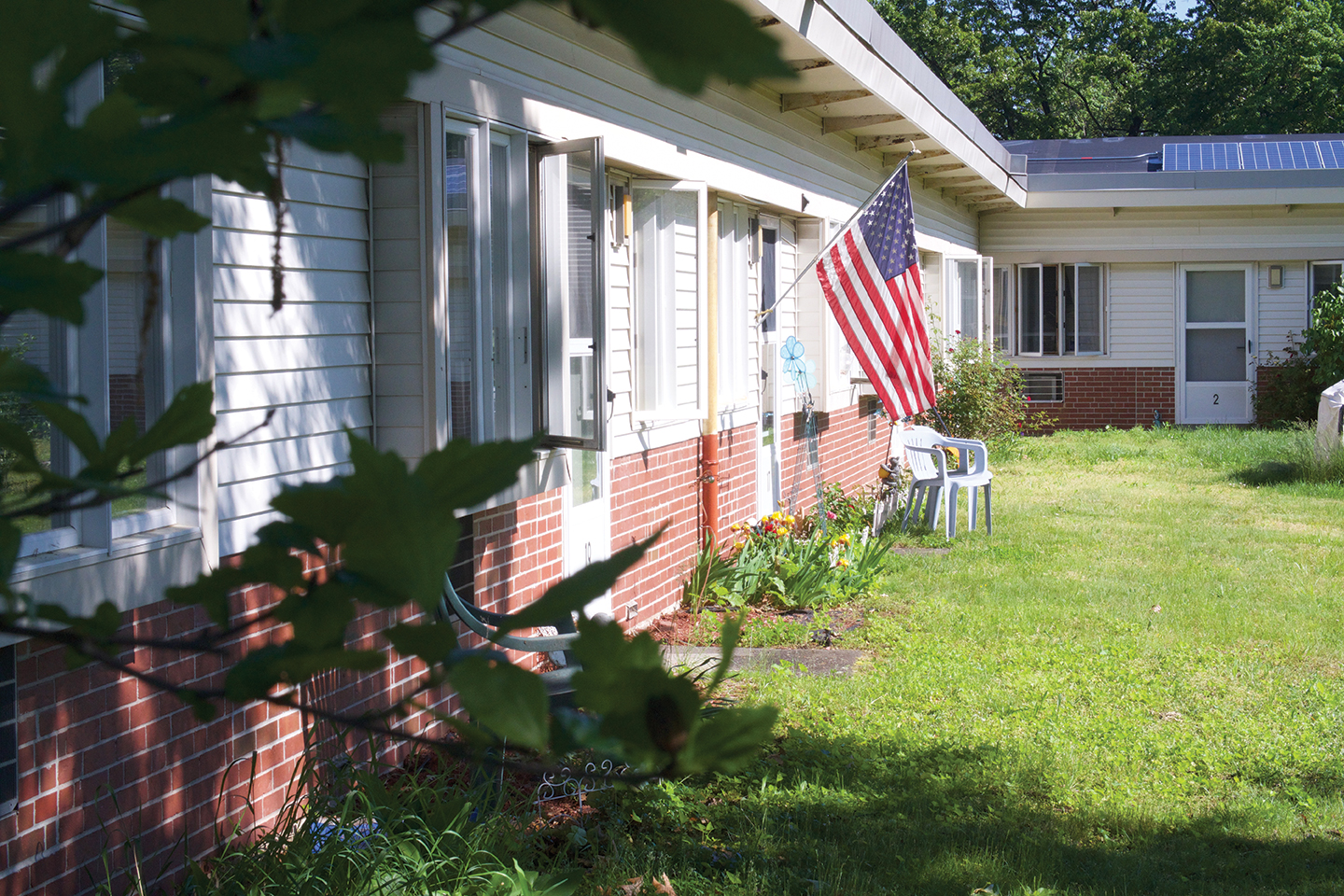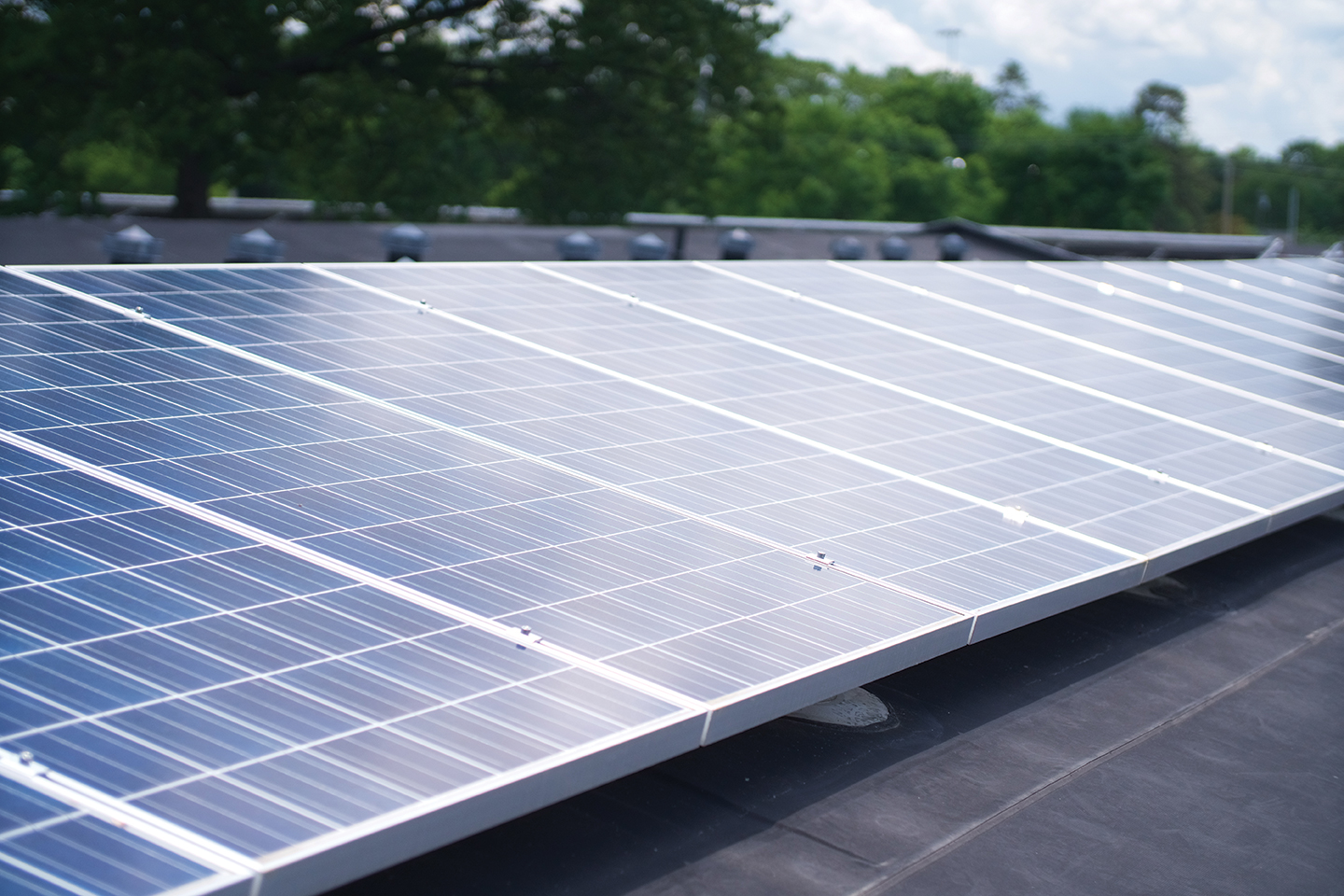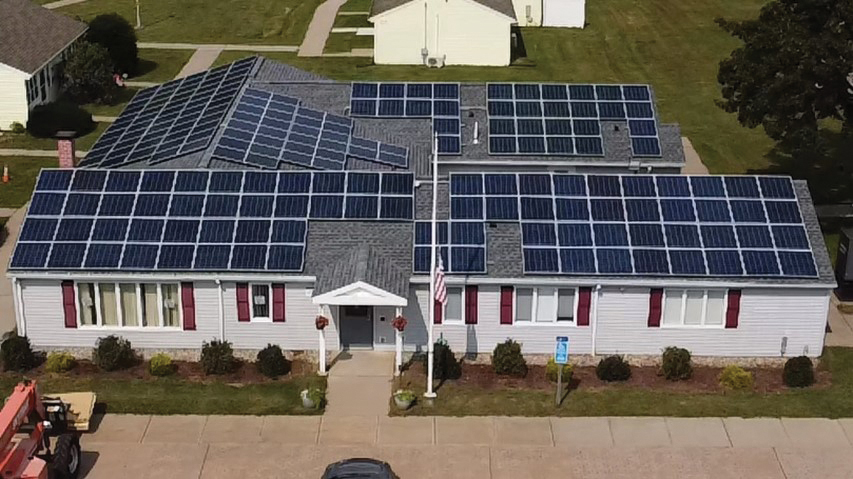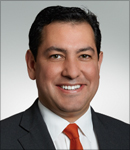EET&D Magazine recently spoke with Bryan Garcia, president and CEO of the nation's first state-level green bank, the Connecticut Green Bank, about how his organization is expanding access to clean energy through several initiatives.
EET&D – Bryan, it is wonderful to connect with you. The Connecticut Green Bank has received significant attention over the last year as the U.S. considers adopting the green bank model at the federal level. For our readers who might not be aware, what exactly is a green bank, and how did the Connecticut Green Bank come to be?
Bryan Garcia – Thanks Elisabeth, I appreciate the opportunity to share the Connecticut Green Bank story with EET&D readers. Simply put, a green bank is a mission-driven organization — typically public or quasi-public and always nonprofit — that leverages limited public funds and deploys innovative financing to attract private capital investment for clean energy projects. There are green banks across the country from Maine to Hawaii.
We were established by a bipartisan act of the Connecticut General Assembly in 2011, becoming the first green bank in the United States. This past summer, we celebrated our 10th anniversary. Since our inception, we have supported the Governor and the legislature’s energy strategy to achieve cleaner, less expensive and more reliable energy sources while creating jobs and supporting economic development.
In total, we have mobilized more than $2.14 billion of investment into the state’s green economy. To do this, we invested $288.4 million in Green Bank (public) dollars to attract $1.85 billion in private investment. In FY2020, despite challenges presented by the pandemic, we attained our best single-year leverage ratio of $8.50 in private investment for every public dollar.


EET&D – We recently learned about the Connecticut Green Bank’s project with the East Windsor Housing Authority, which is why I was so eager to connect with you and learn more about your organization. Can you tell us about the project, any similar projects you’ve completed, and why they’re so crucial to the Connecticut Green Bank’s mission?
BG – Our project with the East Windsor Housing Authority included the installation of a 39.6 kW solar photovoltaic system at Park Hill, a housing complex owned by the authority that serves low-income, elderly and non-elderly individuals and families. The authority agreed to a
20-year power purchase agreement (PPA), and they’ll save approximately $130,000 on their electricity costs over the agreement term. These savings go a long way in helping the authority’s overall operations, which in turn helps the residents while supporting a carbon-free future for us all. This is just one of the housing authorities that our multifamily program, which is primarily focused on low-and-moderate income residents, has helped since 2014.
Overall, our mission at the Connecticut Green Bank is to confront climate change and provide a healthier, more prosperous future by increasing and accelerating the flow of private capital into markets that energize the green economy. We envision a world empowered by the renewable energy of community, or “a planet protected by the love of humanity.” That means we work to ensure that the benefits of clean energy don’t just reach a select few but all Connecticut residents and families, businesses of all sizes, nonprofit organizations, and communities. We measure our impact in terms of economic development, environmental protection, equity, and energy.
We offer customized programs and financing solutions to ensure low-income homeowners and underserved markets can access rooftop solar and energy efficiency. In 2018, in partnership with the Kresge Foundation and the Connecticut Department of Energy and Environmental Protection (DEEP), we helped launch Inclusive Prosperity Capital (IPC), a nonprofit investment fund that scales energy financing solutions and channels investment capital to program partners in communities that need it most, including nonprofits like East Windsor Housing Authority. IPC is taking the knowledge and experience gained in Connecticut programs and sharing it across the United States.
For nonprofits that can’t monetize the investment tax credits offered by the federal government, the PPA model works well and allows them to harness all the benefits of solar. We completed similar projects in Connecticut with the Bridgeport Islamic Community Center, Boys and Girls Club of the Lower Naugatuck Valley in Shelton and the Washington Montessori School in New Preston, to name a few. We partnered with IPC to own and maintain these systems on behalf of the organizations.

EET&D – I’ve read that the Connecticut Green Bank has a couple of new initiatives to bring new forms of clean energy to customers in the state, and support environmental infrastructure and resiliency. Can you tell me more about them?
BG – Sure. In June of this year, Governor Ned Lamont signed legislation into law that set the statewide goal of deploying 1,000 megawatts of energy storage by the end of 2030, making Connecticut the eighth U.S. state to establish a storage target. The Connecticut Green Bank will collaborate with the state’s utilities to administer this new energy storage program, working closely with the Connecticut Public Utilities Regulatory Authority (PURA) to launch in January 2022 and reach our goals by the end of 2030.
While the program will seek to reach all residential, commercial and industrial customers and provide incentives for projects, the program aligns with PURA’s Equitable Modern Grid Framework that prioritizes the need to improve access to clean, affordable, and reliable energy sources for vulnerable communities. This establishes a priority of deploying no less than 40% of installations in vulnerable communities, which includes underserved and environmental justice communities, low-income households, affordable multifamily properties, and medical hardship customers. We’ll offer additional incentives to those who would most benefit from resilience measures, such as low-income customers, customers in underserved communities, small businesses, and customers who historically experience the most frequent and longest duration of storm-related outages.
Another exciting development for us is that legislation, which was passed during the summer with bipartisan support, will advance the green bank model that we have pioneered to extend beyond clean energy and include environmental infrastructure. This increased scope will encompass structures, facilities, systems, services, and improvement projects related to water, waste and recycling, climate adaptation and resiliency, agriculture, land conservation, parks and recreation, and environmental markets such as carbon offsets and ecosystem services. We are in the process of soliciting feedback from stakeholders across the state to help inform our plan moving forward and should have more to share on our expanded scope soon.
EET&D – Can you tell me more about Green Liberty Bonds and how they can help achieve climate goals?
BG – To meet our aggressive climate goals, we know we will need significant capital, including everyday citizens rolling up their sleeves and joining the fight. With this in mind, we considered new ways for more people to invest in combating climate change and created the Green Liberty Bond, a new sub-category of green bonds that offer lower-dollar denomination bonds to individual investors. The use of proceeds is independently certified and verified as supporting projects with climate and environmental benefits. The Green Liberty Bonds were designed with the Series-E War Bonds of the 1940s in mind. More than 85 million Americans purchased Series-E War Bonds totaling $185 billion back in the 1940’s – or about $3 trillion today. This is the scope of investment and engagement we need every year to confront climate change.
In honor of the 50th celebration of Earth Day in 2020, our first Green Liberty Bonds were sold in $1,000 denominations. These climate-certified bonds sold out with nearly $17 million issued in two days and earned The Bond Buyer’s Deal of the Year award in the Innovative Financing category. In 2021, a second issuance of $25 million in bonds also sold out, drawing more than four times as much demand as could be fulfilled from retail investors in Connecticut and across the U.S., as well as institutional investors interested in sustainability investments. We intend to offer Green Liberty Bonds on every Earth Day.
Recently, we took it a step further and partnered with Raise Green, a regulation crowdfunding marketplace for impact investing, to offer Green Liberty Notes and allow citizens to invest in the Green Bank’s mission to confront climate change. The Green Liberty Notes will support the Connecticut Small Business Energy Advantage program, which enables small businesses to reduce their energy costs by making energy efficiency upgrades in their offices, shops, restaurants, and factories, using zero-interest loans. We’ve had two successful issuances of Green Liberty Bonds, which proved the high demand for independently certified, verified green investment products. Now, we hope to allow even more citizens to get involved with our lower-minimum investment crowdfunding offering.
EET&D – Are there any notable achievements you would like to share?
BG – Connecticut’s Residential Solar Investment Program (RSIP) recently achieved its statutory target of 350 megawatts of residential solar deployment one year ahead of its deadline. Since its launch in 2012, the program, through a network of contractors and installers, has helped more than 47,000 households add solar systems. It’s worth noting that these were not just solar projects, but 98% of these installations included an energy audit to help reduce usage.
Through the RSIP, Connecticut has become a solar with justice state, which means communities of color and low-and-moderate income homeowners are demanding and installing solar at the same rate as white communities and wealthier neighborhoods. Half of the RSIP projects have been deployed in vulnerable communities.
The RSIP supported the creation of 16,355 direct, indirect, and induced jobs and generated more than $45 million in tax revenue. The lifetime reduction of greenhouse gases is the equivalent of 6 million tons of carbon dioxide. The RSIP has enabled Connecticut to become the state with the highest installed watts per capita in the northeastern U.S. while keeping public incentives at the lowest rates.
While homeowners are reducing their energy burden, the solar systems also produce Solar Home Renewable Energy Credits (SHRECs). Our Connecticut utilities buy these SHRECs to comply with policy programs, and that revenue stream allows us to issue Green Liberty Bonds. Bond revenues support the RSIP incentive and administrative costs, so bond buyers are completing the cycle through their investment.
Successful policies like RSIP are a win for everyone.
 Bryan Garcia is the president and CEO of the Connecticut Green Bank – the nation’s first state-level green bank. Before joining the Green Bank, Garcia was program director for the Yale Center for Business and the Environment. At Yale, Garcia led efforts to develop a leading global program responsible for preparing environmental leaders for business and society. Prior to Yale, he served as Connecticut’s Climate Change Coordinator where he supported the Governor’s Steering Committee on Climate Change.
Bryan Garcia is the president and CEO of the Connecticut Green Bank – the nation’s first state-level green bank. Before joining the Green Bank, Garcia was program director for the Yale Center for Business and the Environment. At Yale, Garcia led efforts to develop a leading global program responsible for preparing environmental leaders for business and society. Prior to Yale, he served as Connecticut’s Climate Change Coordinator where he supported the Governor’s Steering Committee on Climate Change.
Garcia serves on the Secretary of Energy Advisory Board. He is on the Board of Directors of the Energy Foundation, Institute for Sustainable Communities, Center for Sustainable Energy, and Sustainable CT. And he serves on the Advisory Board of the Yale Center for Business and the Environment.
He holds a BS degree in political economy of natural resources from Berkeley, MPA in public and non-profit administration from NYU Wagner, MBA in finance from NYU Stern, and an MEM degree from the Yale School of the Environment.







